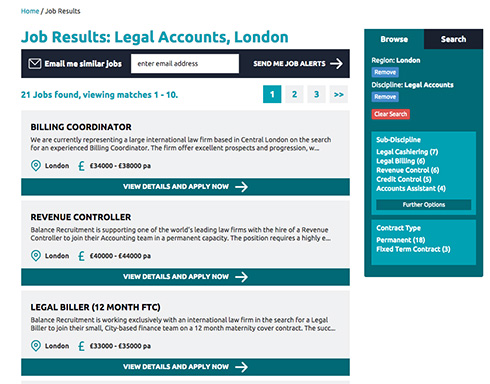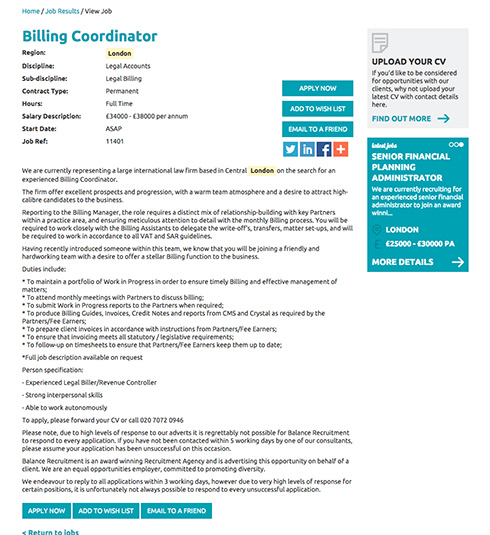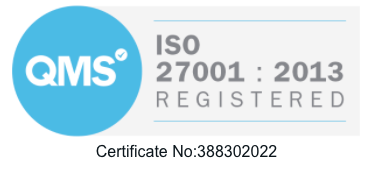A user journey is a defined route in how you progress visitors through your website in order to facilitate communication or transaction.
As we know gaining website traffic is a mean feat so it stands to reason that as a website owner you want to ensure the visitor path is made clear and accessible to ensure your visitors are prompted to make the desired interaction.
This is needed non more so than on a recruitment website when capturing candidate data is key to achieving a return on the investment you make on your digital marketing activities.
So how is this done?
First things first… By having a clear understanding of your objectives or visitor requirements.
What audience is your recruitment website targeting? What is the main focus for your website?
The obviously place to start would be to look at driving new candidates to your business, after all its candidates which are the lifeblood of any good recruitment business.
Although very unlikely, you need to assume the candidate traffic you are generating have never used a recruitment website before and so the path needs to be made simple, engaging and accessible.
Secondly, good early stage planning.
Planning is key to the successful delivery of any good project. It’s widely known that if you “fail to plan you plan to fail” and this certainly no different with the design and implementation of a recruitment website.
User journeys should be consulted on extensively and implemented during the wireframe stage where planning the structure or framework of your recruitment website will take place.
These can include simple actions such as ensuring candidates can sign up for targeted jobs by email alerts when entering the site though a vacancy landing page, or having run a job search or giving clear call to action to prompt applications when viewing a vacancy description. See images below:




Should you wish to talk to us about how we can improve your recruitment website or to gain detailed advise on how to shape your user journeys please contact a member of the team (do you like what we did there).









